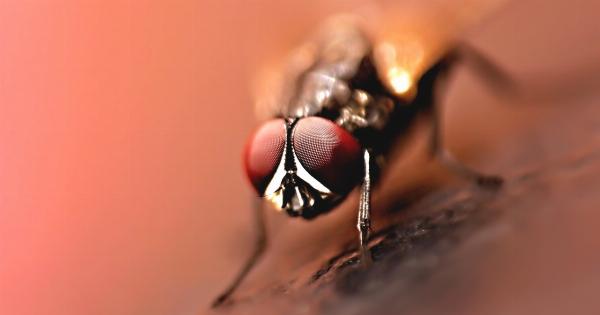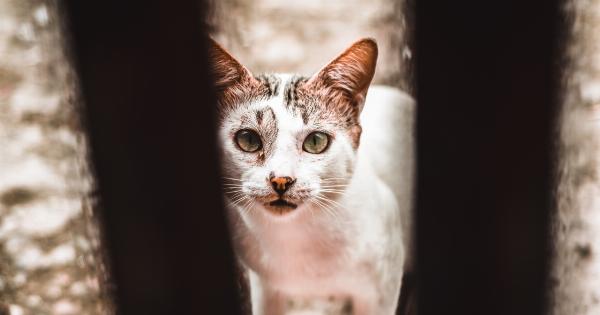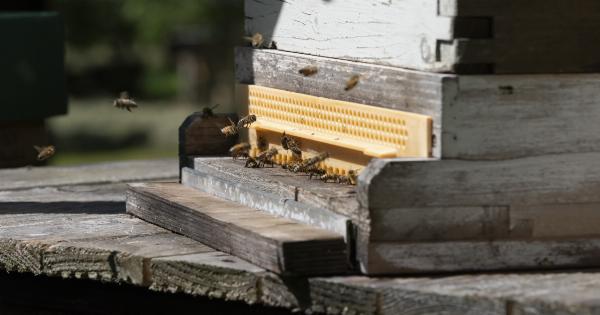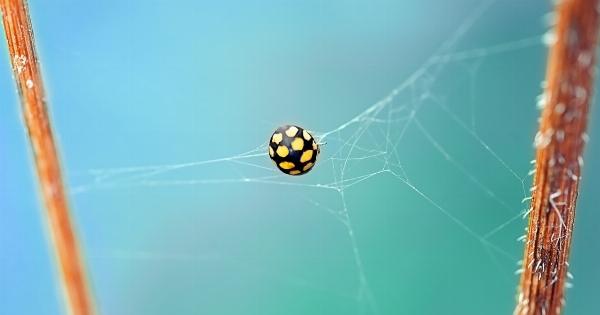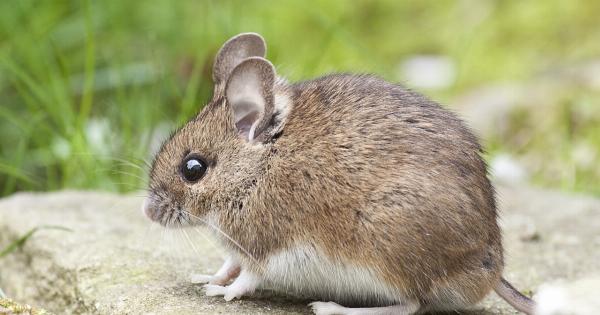Lipas or cockroaches are common household pests that are found all over the world. They are known for their quick movements, nocturnal habits, and unpleasant smell.
Lipas are not only a nuisance but also pose a health risk to humans and pets as they can carry bacteria and spread diseases.
Understanding Lipas
Before understanding the purpose of lipas, it is essential to understand their anatomy. Lipas have a flat, oval-shaped body that is divided into three parts: head, thorax, and abdomen. They have six legs, two antennae, and two pairs of wings.
The wings are not used for flying but to glide short distances. The head of the lipa contains two compound eyes, which provide excellent vision and help them navigate in the dark.
The primary purpose of lipas in the ecosystem is to break down and decompose organic matter. They do this by consuming a variety of substances, including decaying plants and animals, as well as grease and soap residue.
Lipas are essential for maintaining the balance of the ecosystem by helping to dispose of dead matter and recycle nutrients.
The Dangers of Lipas
While lipas are beneficial for the environment, they can be dangerous to humans. Cockroaches can trigger allergic reactions in some people, which can result in skin rashes, respiratory problems and asthma attacks. They can also spread diseases such as E.
coli and salmonella through their droppings, which can contaminate food and surfaces. Contamination can occur when lipas come into contact with these surfaces while foraging for food.
Additionally, lipas can damage books, clothing, and other materials made of organic fibers. They can chew through paper, leather, and fabrics, causing irreparable damage.
Lipas can also produce an unpleasant odor, which can be particularly strong in large infestations.
How to Identify a Lipa Infestation
Identifying a lipa infestation is the first step in removing them from your home. Here are some signs to look out for:.
- Live or dead lipas in the home.
- Droppings that resemble black pepper or coffee grounds.
- An unpleasant, musty odor.
- Egg casings (ootheca) or shed skins (exoskeletons).
- Damaged materials such as clothing and books.
Preventing Lipas from Infesting Your Home
One of the best ways to prevent a lipa infestation is to make your home less attractive to them. Here are some tips:.
- Fix leaky pipes and faucets to eliminate sources of water.
- Store food in airtight containers.
- Clean up spills and crumbs immediately.
- Do not leave pet food out overnight.
- Seal cracks and crevices around doors, windows, and walls.
- Keep garbage and recycling areas clean.
- Vacuum regularly and dispose of vacuum bags outside of the home.
Removing Lipas
There are several methods for removing lipas from your home:.
- Baits and traps: These are effective in controlling small infestations. Baits are placed in areas where lipas are likely to feed, and traps are used to catch them as they move around the home.
- Insecticides: These are effective in killing lipas but should be used with caution. Always read and follow the label directions carefully, and use only as directed.
- Professional extermination: If the infestation is severe, it is best to hire a professional exterminator to eliminate the lipas. They will use a combination of methods, including baits, traps, and insecticides.
Conclusion
Lipas play an important role in the ecosystem, but they can be a nuisance and a health hazard. By understanding their purpose and biology, you can take steps to prevent infestations from occurring.
If you do have a lipa infestation, there are several methods for removing them, but it is always best to consult a professional exterminator for severe cases.




















